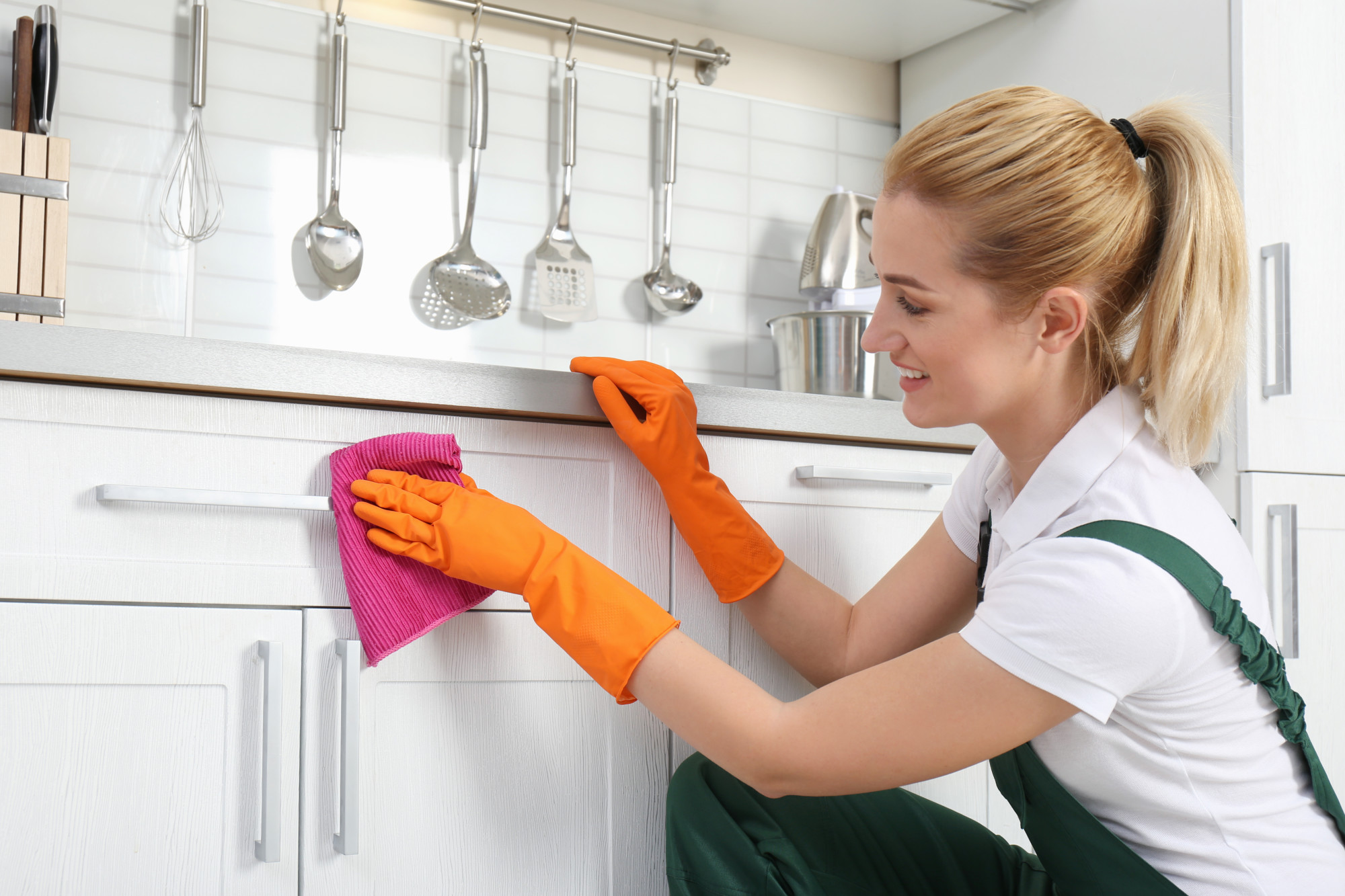Shocking Secrets on How to Clean Kitchen Ceiling: Its Here!
The kitchen is the heart of the home, a place where culinary creativity flourishes. But with all that cooking comes inevitable mess, especially on the ceiling. Learning how to clean kitchen ceiling effectively can not only enhance the aesthetics of your kitchen but also create a healthier environment. In this article, we will dive deep into the techniques, tools, and tips that beauticians and homemakers alike should know.
Many people overlook the ceiling during their regular cleaning routine, but it's time to change that! Not only can grime and grease accumulate over time, but these issues can also affect indoor air quality. So, lets jump into this step-by-step guide that will ensure your kitchen ceiling sparkles!

Understanding Your Kitchen Ceiling Material
The first step in how to clean kitchen ceiling involves understanding the type of ceiling material you are working with. Kitchen ceilings can be made of various materials, including:
- Plaster: A delicate material that requires gentle cleaning methods.
- Painted Drywall: Common in many homes; a good, thorough cleaning can help maintain its appearance.
- Vinyl: Durable and easy to clean, making it a popular choice for kitchens.
- Metal Ceilings: Often seen in commercial settings; this type typically requires specialized cleaning products.

Preparing for the Clean
Before you get started, gather all necessary supplies:
- Broom or vacuum with a brush attachment
- Cleaning solution (mild detergent or white vinegar)
- Soft scrub brush or sponge
- Ladder (if needed for high ceilings)
- Microfiber cloths or paper towels
Be sure to protect your kitchen surfaces by laying down a drop cloth or newspaper. This will help catch any drips or debris that might fall during the cleaning process.

Step-by-Step Guide to Clean Your Kitchen Ceiling
1. Dusting Off the Surface
Start by dusting your kitchen ceiling with a broom or vacuum. Focus on removing any cobwebs and loose dirt that has settled.
2. Mixing Your Cleaning Solution
You can create a simple yet effective cleaning solution by mixing a few drops of mild detergent with warm water or using pure white vinegar. These solutions are effective and safe for most ceiling materials.
3. Cleaning the Ceiling
Use your soft scrub brush or sponge to apply the solution to the ceiling. Work in small sections to avoid the solution drying before you have a chance to wipe it away. For tough spots, consider gently scrubbing with a cloth or sponge.
4. Rinsing the Surface
After scrubbing, dampen a clean cloth with just water and go over your cleaning solution to rinse away residue. Be careful not to soak the ceiling!
5. Final Wipe Down
For the finishing touch, use a dry microfiber cloth to wipe down the ceiling and absorb any remaining moisture. This helps prevent streaks and provides a polished look.

Maintaining a Clean Kitchen Ceiling
Once you've cleaned your ceiling, its crucial to maintain it. Regular dusting and cleaning can prevent grease buildup:
- Dust the ceiling every few months.
- Handle splatters when they occur rather than letting them accumulate.
- Utilize exhaust fans when cooking to reduce grease deposits.
Benefits of a Clean Ceiling
A clean kitchen ceiling offers several benefits:
- Improved Appearance: Enhances the overall look of your kitchen.
- Healthier Environment: Reduces allergens and unwanted odors.
- Higher Property Value: Maintains the integrity and attractiveness of your home.
Common Mistakes to Avoid
When cleaning your kitchen ceiling, avoid these common pitfalls:
- Using harsh chemicals that can damage the surface.
- Neglecting to test cleaning solutions on a small area first.
- Over-saturating the ceiling with water or cleaning solutions.
Helpful Resources for Further Learning
For more refined cleaning strategies, visit these articles:
FAQ Section
1. How often should I clean my kitchen ceiling?
Typically, cleaning your kitchen ceiling every few months is sufficient unless you notice grease buildup or stains.
2. Can I use bleach to clean my ceiling?
Bleach is not recommended as it can damage many surfaces and create harmful fumes. Stick to milder solutions for safety.
3. What if I have a high ceiling?
If your ceiling is high, consider using an extendable broom or cleaning tool to reach the top areas without having to use a ladder.
As an Amazon Associate, I earn from qualifying purchases.

